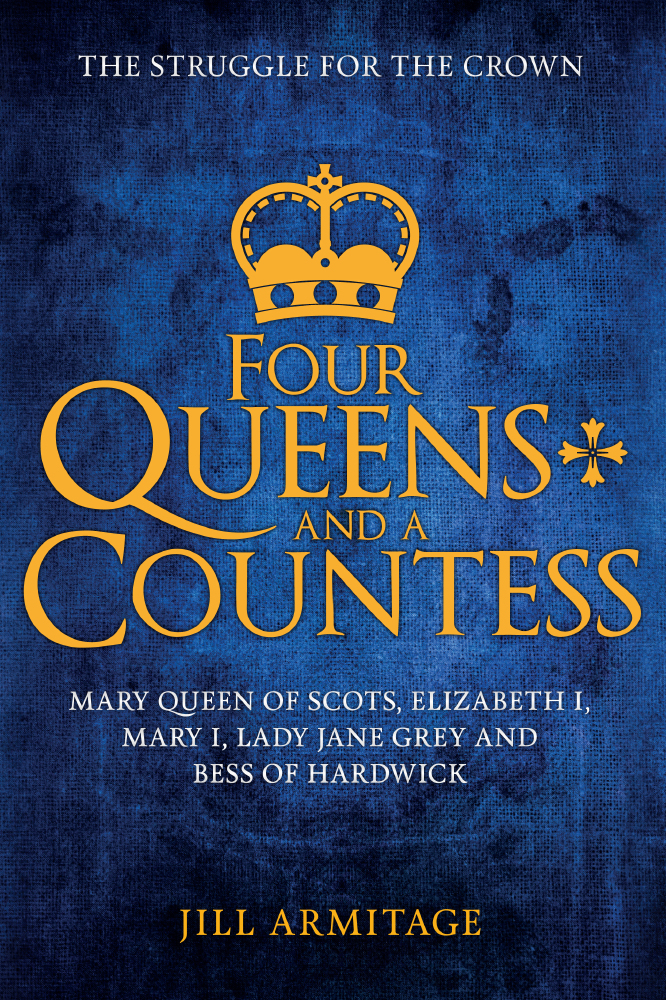The 16th century was a patriarchal age, yet the stories of these five intriguing women coloured three quarters of the century. Linked by circumstances, they all had the disadvantage of being born the wrong gender, and as their lives entwined, their relations were characterised by friction, intrigue and trickery as much as affection.

For Queens and a Countess
Mary Tudor was born a princess, labelled a bastard by her father Henry VIII yet became England’s first queen in an age when it was considered to be contrary to the natural order for women to rule men. The role of the monarch was quintessentially male, and as a female, Mary’s sovereignty was both conditional and temporary until she took a mate. Her husband then became king and took control, but Mary dismissed this as an impertinence. She haughtily informed her counsellors that the choice of a royal bridegroom was a matter for her to decide, and although she married to fulfil the requirements of her people, Mary was determined to be queen and rule in her own right.
Elizabeth Tudor was Henry VIII’s second daughter also declared a bastard through political machinations, yet she became one the greatest queens in history and reigned for forty four years.
Jane Grey was Henry VIII’s niece and legitimately in line to succeed her cousin Edward, but as the de facto monarch of England from 10-19 July 1553, Jane’s status changed from queen to prisoner in the Tower of London. Her nine day reign was not really a reign at all. It was the unravelling of a coup.
Mary Stuart was declared Queen of Scotland when she was four days old, became Queen of France when she was fifteen, yet spent the last sixteen years of her life as a prisoner, to end it on the block.
We feel that we know all about these four queens because much has been written about them, so why are they linked with a countess who is rather an enigma? Bess of Hardwick was not royal, not educated, not beautiful, and as a 16th century woman had virtually no legal rights. She was born into relative obscurity, her early life was hard and she was widowed at sixteen after which she joined the Grey household where she became companion to The Ladies Jane, Katherine and Mary Grey. It was in the Grey household where she met and married George Cavendish who introduced Bess to the higher echelons of society, including the Princess’s Mary and Elizabeth. She became a lady in waiting to Queen Elizabeth who later entrusted Bess and her forth husband George Shrewsbury to guard the renegade Mary Queen of Scots.
In a book about four queens, a countess may seem like an interloper yet Bess, Countess of Shrewsbury is one of Tudor England’s most redoubtable women whose life was entwined with all four queens as friend, confidant, companion and jailer. She rose to become the most powerful woman in the land after Queen Elizabeth, and now there is no aristocratic family in England that does not contain her DNA.

